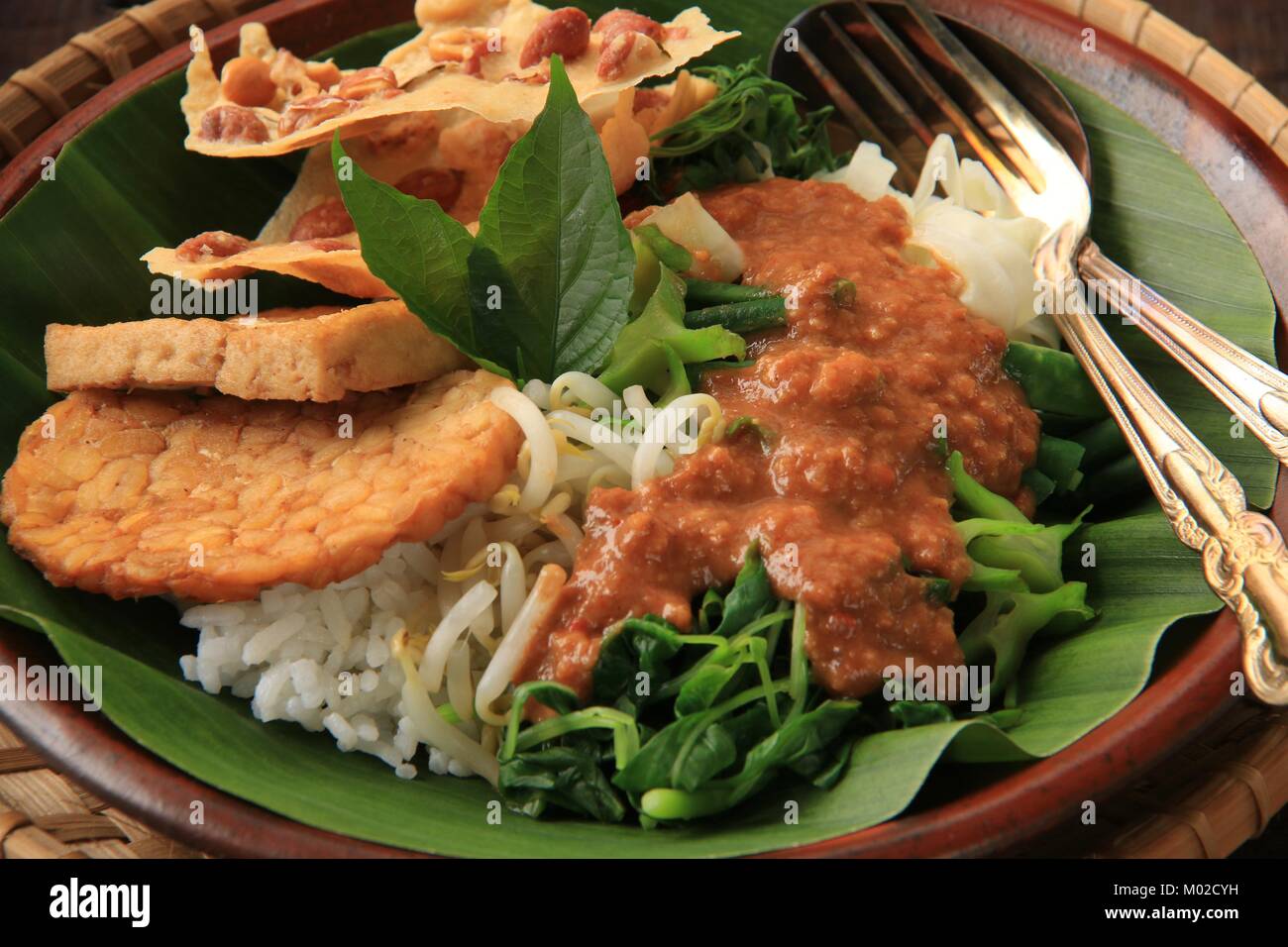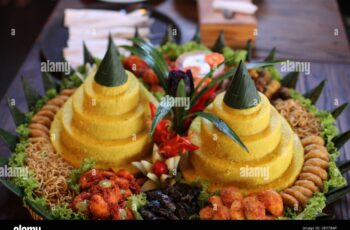
Of course. Here is a 1,200-word article about Tiwul.
From Famine to Delicacy: The Enduring Story of Tiwul, Java’s Resilient Staple
In the vast and varied landscape of Indonesian cuisine, few dishes encapsulate a story of survival, resilience, and cultural evolution as profoundly as Tiwul. To the uninitiated, it appears as a humble, dark, crumbly grain, often mistaken for a type of coarse couscous. But for millions of people, particularly in the central and eastern parts of Java, Tiwul is more than just food. It is a taste of history, a symbol of perseverance, and a testament to the ingenuity of a people who turned a root of last resort into a cherished culinary treasure.
At its core, Tiwul is a staple food made from dried cassava. Its origins are deeply rooted in the arid, limestone-rich soils of regions like Gunung Kidul in Yogyakarta, Wonogiri in Central Java, and Pacitan in East Java. In these challenging agricultural lands, rice paddies were a luxury that the rocky, infertile ground could not support. Cassava (Manihot esculenta), a hardy tuber that thrives in poor soil with minimal water, became the lifeblood of the community. Tiwul was born not from choice, but from necessity—a food that could sustain families when nothing else would grow.
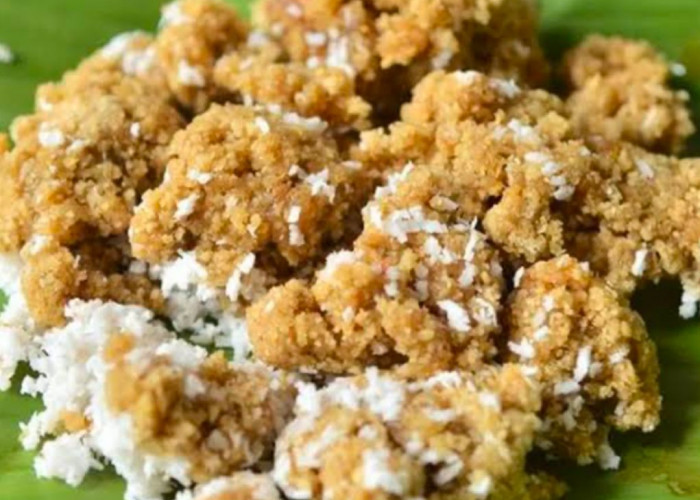
A History Forged in Hardship
The story of Tiwul is inextricably linked to periods of scarcity and struggle. While it has been a local staple for centuries, its role was cemented during Indonesia’s most trying times. During the brutal Japanese occupation of World War II (1942-1945), occupying forces confiscated rice harvests to feed their troops, leaving local populations on the brink of starvation. In this desperate climate, cassava became the primary source of calories. The Javanese people turned to their ancestral knowledge, transforming the humble tuber into gaplek—cassava that is peeled, sliced, and sun-dried until rock-hard. This process not only preserved the cassava for months but also reduced its natural cyanide content, making it safe for consumption.
This gaplek was then pounded by hand in a large wooden mortar and pestle, known as a lumpang and alu, until it became a coarse flour. This flour, when mixed with a careful sprinkling of water and steamed, would transform into Tiwul. For decades, Tiwul carried the heavy stigma of being a “famine food,” a visible marker of poverty. To eat Tiwul was to admit that one could not afford rice, the nation’s aspirational and preferred staple. During the Suharto era, government programs promoting food diversification (diversifikasi pangan) encouraged the consumption of non-rice carbohydrates, but the perception of Tiwul as a food for the poor lingered. It was the food of survival, a symbol of the Javanese philosophy of nrimo ing pandum—gracefully accepting one’s fate.
The Art of Transformation: From Tuber to Table
The traditional process of making Tiwul is a labor of love, an art form passed down through generations. It begins with harvesting mature cassava roots, which are then peeled, washed, and thinly sliced. These slices are laid out on woven bamboo mats and left to dry under the tropical sun for several days until they are completely dehydrated and brittle. This dried cassava, or gaplek, has a distinctive, slightly funky aroma and can be stored for long periods.
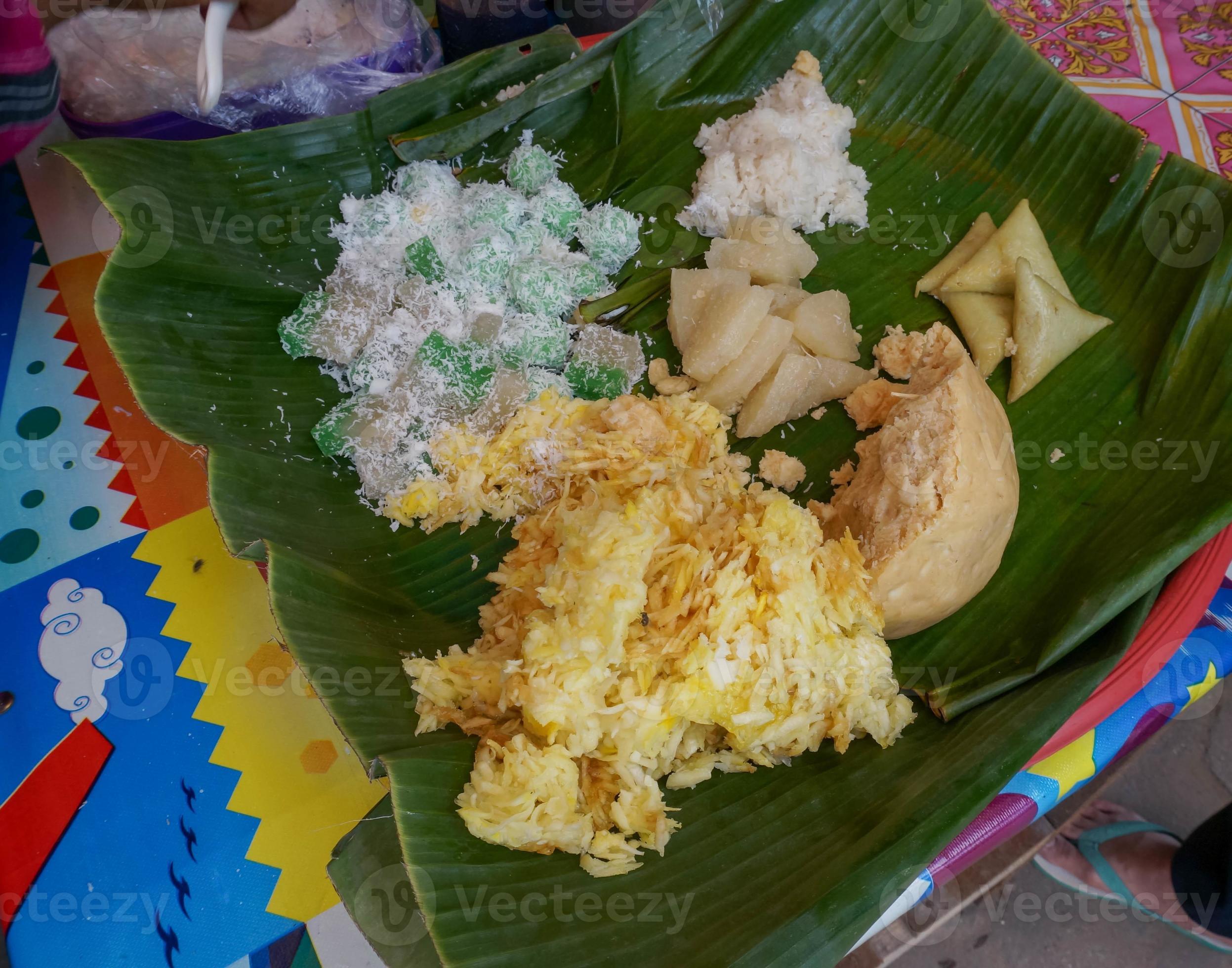
The next step is to turn the gaplek into flour. Traditionally, this was a physically demanding task of pounding it in the lumpang. Today, mills have largely replaced this manual labor, but the essence remains the same. The resulting flour is coarse and off-white.
The true magic happens in the final stage. The cassava flour is placed in a wide basin, and water is sprinkled over it, a little at a time. The maker uses their hands to gently toss and rub the flour, a motion that coaxes it to form tiny, separate granules. This step is critical; too little water and the Tiwul will be dry and hard, too much and it will become a sticky, gooey mess. Once the perfect granular texture is achieved, the Tiwul is steamed, traditionally in a conical bamboo steamer called a kukusan placed over a pot of boiling water. As the steam rises through the granules, it cooks them into a soft, chewy, and slightly springy consistency, with a unique earthy and subtly sweet flavor.
A Tale of Two Tastes: Savory Staple and Sweet Delight
Tiwul’s versatility allows it to be enjoyed in two distinct ways: as a savory rice substitute or as a sweet snack.
As a staple food, Tiwul is served warm, taking the place of steamed rice on the plate. Its dark color and crumbly texture provide a dramatic contrast to the vibrant dishes it accompanies. Classic pairings include urap, a refreshing salad of blanched vegetables tossed with a spicy, seasoned grated coconut dressing; salted fish (ikan asin), whose intense saltiness is perfectly balanced by the earthy Tiwul; and a fiery dollop of sambal bawang (shallot chili paste). The Tiwul’s mild flavor and porous structure make it an excellent vehicle for soaking up the rich sauces and bold flavors of Javanese cuisine.
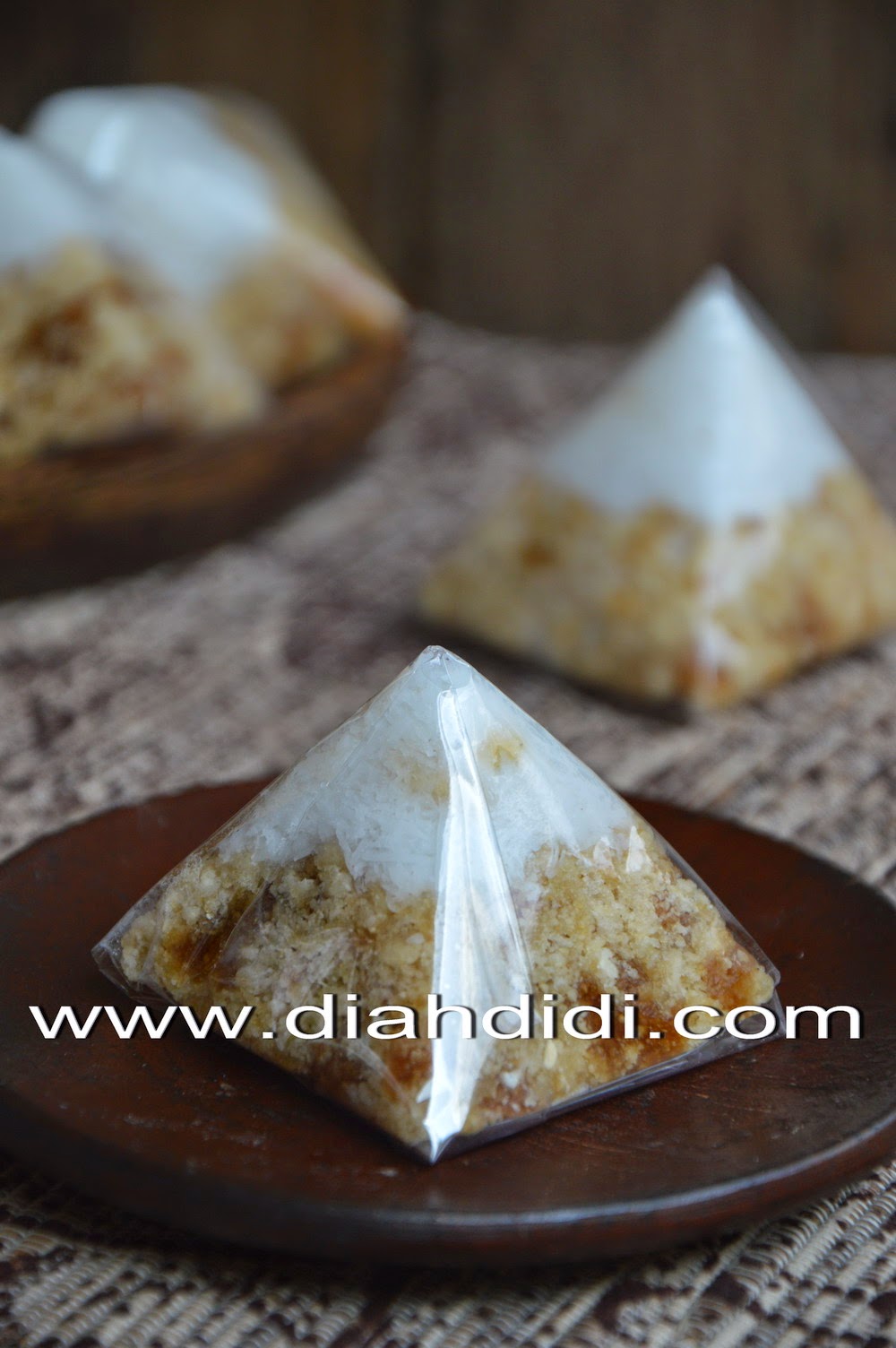
However, it is perhaps in its sweet form, Tiwul Manis, that it has found its most widespread modern appeal. For this preparation, the steamed Tiwul is served as a snack or dessert, often pressed into cakes or served loose. It is generously topped with freshly grated coconut, which adds a creamy texture and nutty sweetness. The final, essential touch is a drizzle of juruh, a thick, dark syrup made from simmering palm sugar with pandan leaves. The combination is a symphony of textures and flavors: the chewy, earthy Tiwul, the soft and fragrant coconut, and the deep, caramel-like sweetness of the palm sugar syrup. It is a comforting, satisfying, and quintessentially Javanese treat.
The Modern Renaissance: From Stigma to Souvenir
In recent decades, Tiwul has undergone a remarkable transformation in public perception. The stigma of poverty has faded, replaced by a sense of cultural pride and nostalgia. For the generation that grew up with it, Tiwul is a comforting taste of childhood. For younger Indonesians and tourists, it represents an authentic culinary experience, a direct connection to Java’s agricultural heritage.
This renaissance has been fueled by innovation. The most significant development is the creation of Tiwul Instan (Instant Tiwul). This pre-granulated, dehydrated product has made Tiwul accessible to a global audience. No longer requiring the laborious process of making gaplek, anyone can prepare fresh Tiwul in minutes by simply adding water and steaming or even microwaving it. It is now a popular oleh-oleh (souvenir) for visitors to Yogyakarta and Central Java, packaged in modern, attractive boxes.
Creative entrepreneurs have also begun incorporating Tiwul into modern desserts. Today, one can find Tiwul brownies, Tiwul layer cakes, and even Tiwul-based tiramisu in trendy cafes. Furthermore, with the rise of health-conscious eating, Tiwul has found a new audience as a naturally gluten-free and high-fiber alternative to wheat and rice.

The story of Tiwul is a powerful metaphor for the Javanese spirit. It is a food born from the hard, unforgiving earth, a symbol of making the most of what little one has. It has journeyed from being a quiet reminder of hardship to a proud emblem of cultural identity. To eat Tiwul today is to partake in a legacy of resilience, to taste a history of survival, and to celebrate the enduring ability of a culture to turn a humble root into a delicious and deeply meaningful delicacy. It is, in every sense, food for the soul.

The Enduring Story of Tiwul, Java’s Resilient Staple | in opo wae, wis opo wae, and on last post i/admin have give some post/articles and many pictures gallery about " All about Bakmi Jawa – Javanese Noodles" if you have not seen it, please check out before seeing this. (just click text in "anchor text" to read or see last post first), I have packed all images collections become 1 gallery images on post and this time i just want to share again from my collections to could be useful :D. These pictures of The Enduring Story of Tiwul, Java’s Resilient Staple, I have collected in a fairly long time, and from various media such as the Internet, books, magazines, newspapers, comics, etc like as from search engine and other sources to be used as ideas for you. and these images has combined into one page on 0 Photos/images Gallery below. lets views.. o[^_^]o.
The Enduring Story of Tiwul, Java’s Resilient Staple pictures collections gallery
The Enduring Story of Tiwul, Java’s Resilient Staple is a nice pictures and stock photo for your computer desktop or your smartphone device (ipad, tablet, blackberry, iphone, and other device) and also for your personal use. Free available for desktop wallpaper or additional image collections for your all needs. And was uploaded by admit at date July 1, 2025. You can download it in your computer by clicking download button to save image... have nice day and have fun guys..
This 1 image in featured post from 0 Photos/images Gallery and awesome picture selections about The Enduring Story of Tiwul, Java’s Resilient Staple is available to download. "Download & Save" images/pictures/wallpapers now and this Is one of the post that listed in packed to Category is Foods directory, with image dimension/resolution size is 2494 × 1960 px and size image/picture file is 475 KB with original link post ID is : https://powae.pw/of-course-here-is-a-1200-word-article-about-tiwul/. Get download/save images in post and gallery, "download" images or "preview" it on a bigger image for spesification sample in Large size (full attachment size) here : [Download & View to Large size]. Just Simple way, in thumbnail or in Gallery. *Click images to view Large Size.We collect this wonderful image from online and choose one of the best for you. Pictures collection that posted here was carefully chosen and published by author after choosing the ones which are best among the others. So, ultimately we make it and here these list of best image for your inspiration and informational reason regarding the The Enduring Story of Tiwul, Java’s Resilient Staple as part of blogsite exclusive updates collection. So, take your time and find the best informations and pictures posted here that suitable with your needs and use it for your own collection and personal use. About Image information: Image has been submitted and You are able to give your opinion as evaluations to our web site value.
Don't forget to comment if you interest with this images, you can share this post to social media like as facebook, twitter, google+, pinterest, stumbleupon, and more. just click social media buttons for share this post The Enduring Story of Tiwul, Java’s Resilient Staple Now. :)
Thanks for your visit, I hope you happy come to opo wae, wis opo wae, and get what you're looking for. And hope sometimes you will come back again here. All you need to do is help us develop by discussing this The Enduring Story of Tiwul, Java’s Resilient Staple if you like it "leave your comment". have fun, Thank you.



